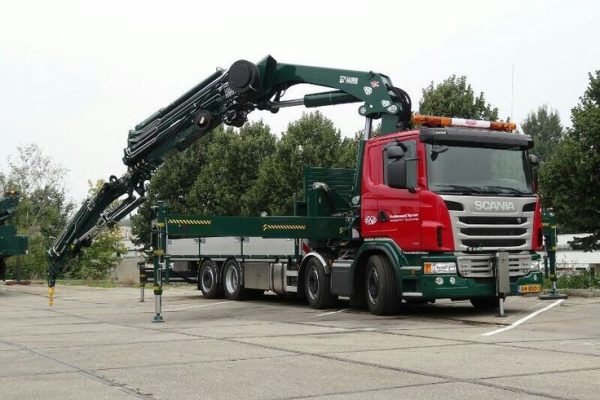Lifting Equipment Inspection
Uses of Lifting Equipment Inspection
Lifting equipment inspections are crucial for ensuring the safety, reliability, and compliance of equipment used in material handling and lifting operations. Below are the key uses of such inspections:
Enhances Workplace Safety
Inspections identify potential hazards such as wear, damage, or malfunctions, reducing the risk of accidents and injuries during lifting operations.Ensures Compliance with Regulations
Regular inspections ensure that lifting equipment meets industry standards and legal requirements, helping businesses avoid penalties and legal issues.Prevents Equipment Failure
Early detection of defects or faults through inspections minimizes the likelihood of sudden equipment breakdowns, protecting assets and operations.Optimizes Equipment Performance
Inspections ensure that lifting equipment operates at peak efficiency, contributing to smoother operations and reducing wear and tear.Extends Equipment Lifespan
By identifying and addressing issues promptly, inspections help prolong the durability and usability of lifting equipment.Reduces Downtime and Costs
Scheduled inspections minimize unexpected stoppages and the financial losses associated with emergency repairs or replacements.Builds Stakeholder Confidence
Certified and well-maintained lifting equipment provides assurance to workers, clients, and regulators about the safety and reliability of operations.
Lifting equipment inspections are essential for industries such as construction, logistics, manufacturing, and shipping to ensure safe and efficient handling of loads.

